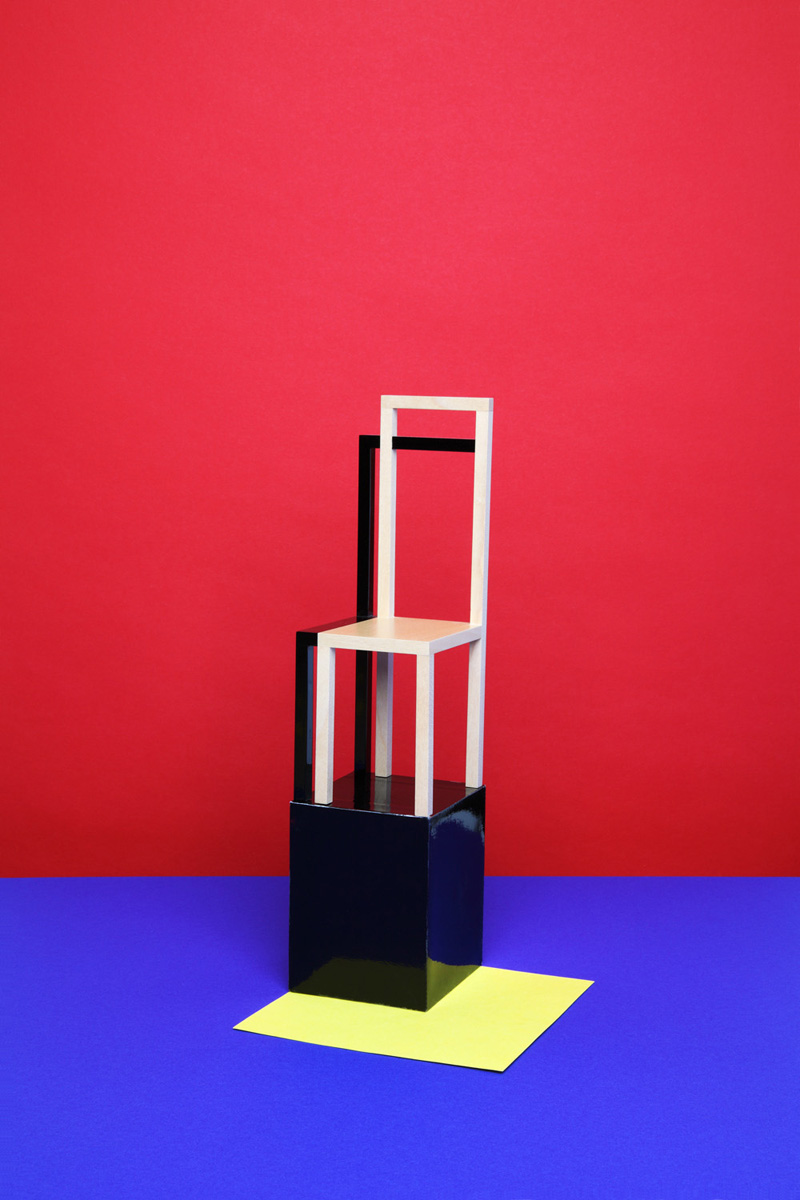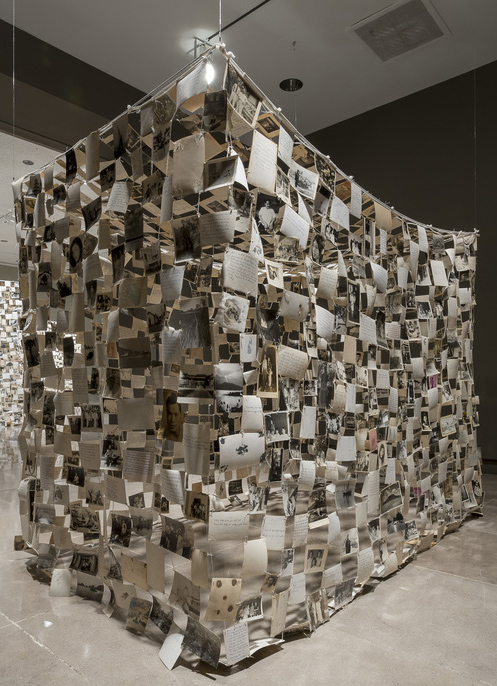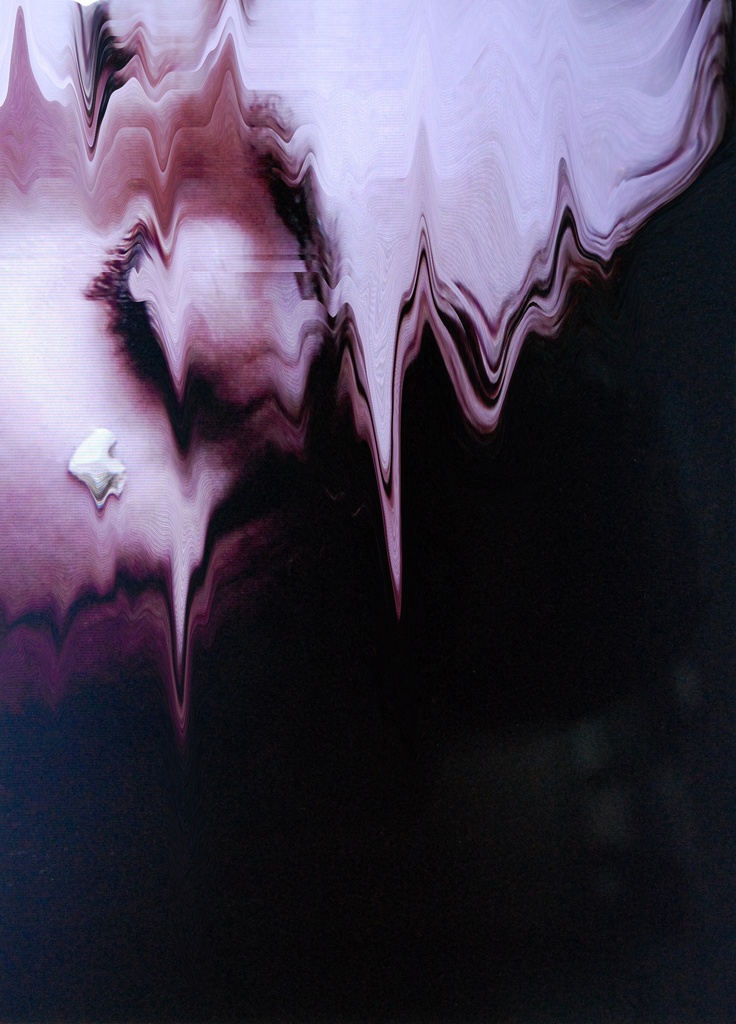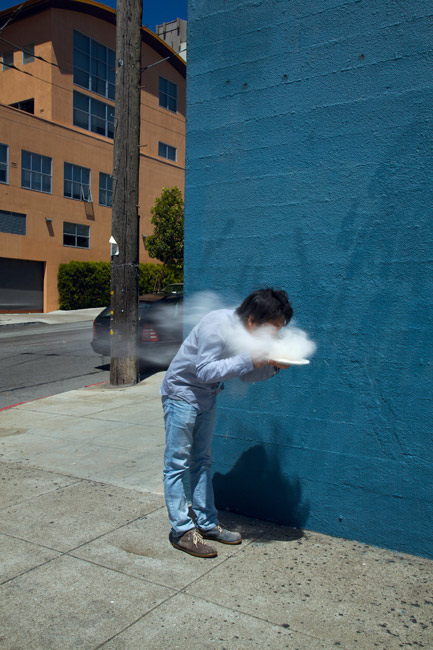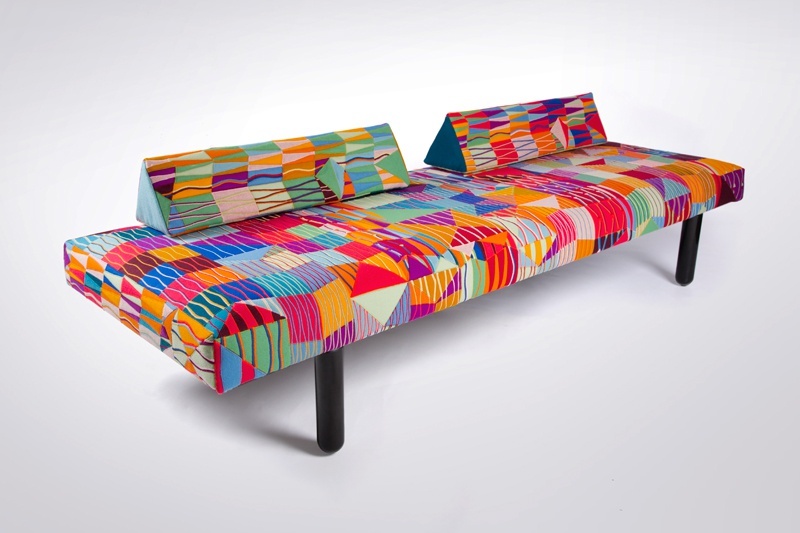
Krista Kim
mediative digital art
While in quarantine, I became inspired to create my vision of a world of meditativeness; my vision of how the practice of meditation can also be integrated into our every day lives through art, architecture, design and fashion. My vision is of a future based on the individual practice of meditation, extending to every aspect of our every day lives. I am inspired by Japanese Zen art, architecture and design. It’s very existence has shaped the world culture in profound ways, and will continue to impact art and design as it lives through my creations.



